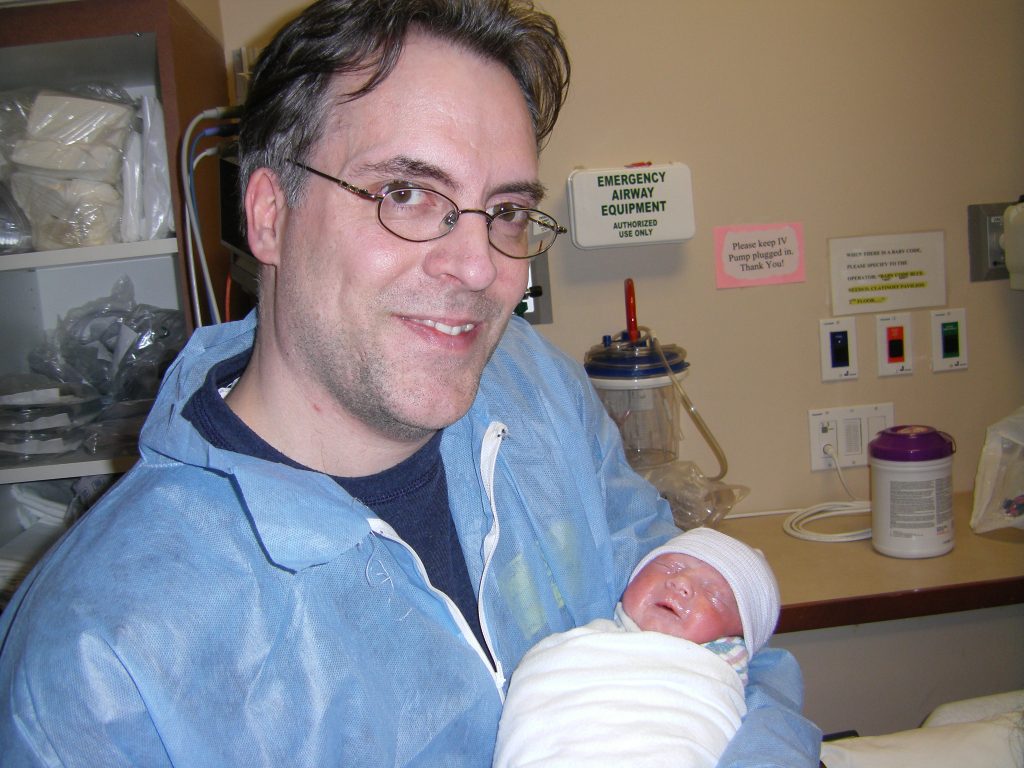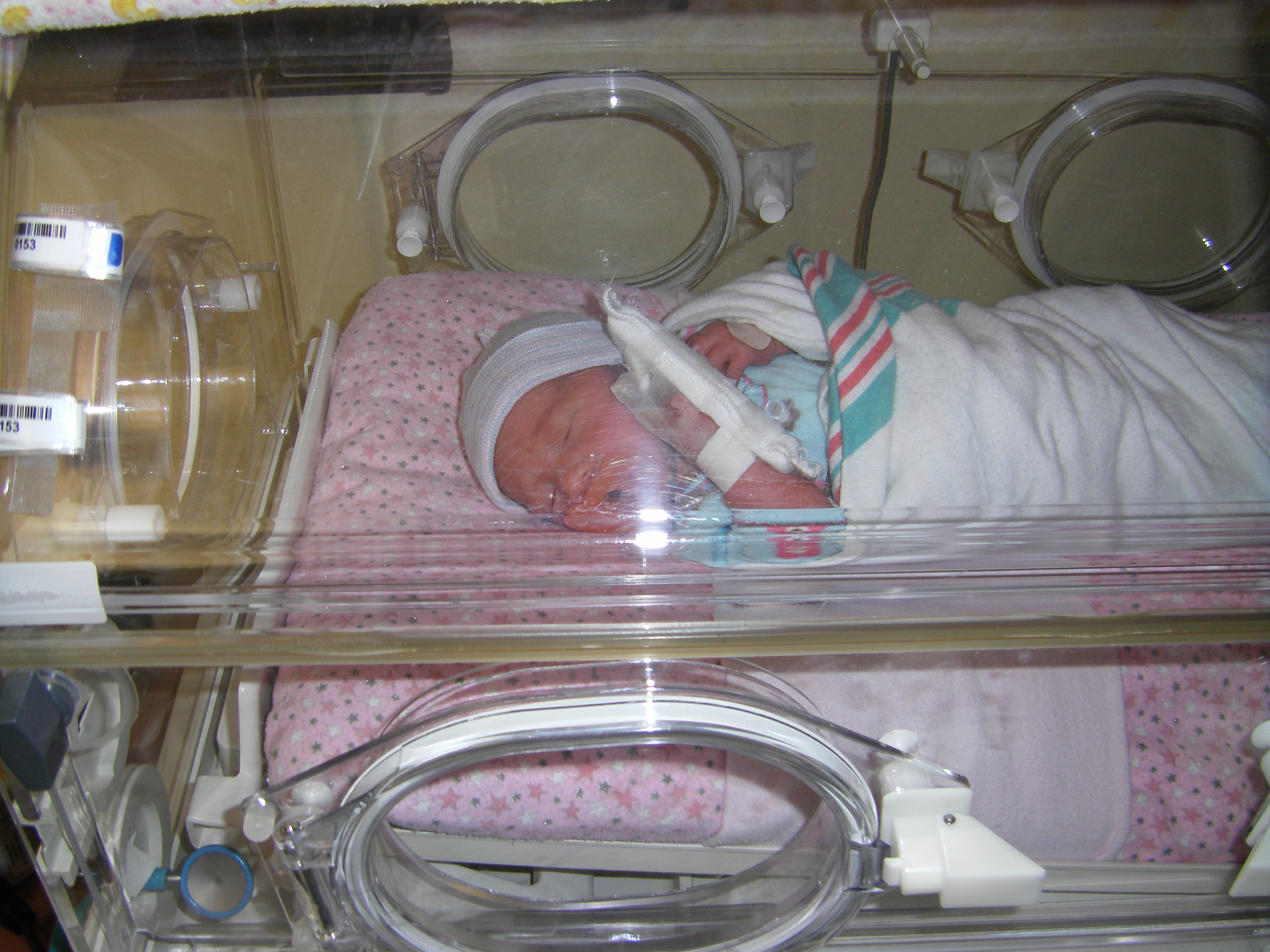When saving lives once is not enough
Thanks for saving my twins’ lives five times
It was at 11:45 on New Year’s Eve. I rushed my spouse into Birth and Baby at Anne Arundel Medical Center (AAMC) in Annapolis, Maryland. Just as the doctors and nurses were ready to eat their New Year’s cake, we came in.
“Why didn’t you call first,” was the doctor’s first comment. But they left their cake and attended to my spouse. She was 20-weeks with twins. This was the fourth time.
“It’s good you brought her in,” I can touch your daughter’s head with my finger.”
I stopped breathing when he said that. In the previous months the joy of having twins, our first kids, after a long fertility struggle, was immense, a dream come true. But then the pain, the cramps, and the possible miscarriages started. We would sometimes see doctors thirty times in a month. At one point, we thought we’d have to choose which one lives and which one to abort.
The advantage of a high-risk pregnancy and medical insurance was that we got to get sonograms every week. The drawback was that we could lose our kids at almost any moment like in September when the ER doctor said to “look for the babies in the toilet.” A miscarriage was imminent. They were three-year-long days.
Yes, the fertility doctor turned pale when he learned we had twins. They were expecting only one, not two.
Ambulance rides became common. We moved one mile from AAMC, the best choice I ever made as a parent. Our first scare was in 2009 on December 17, the day we got about 2 feet of snow. Though a mile from AAMC, we had to call an ambulance. I was putting in final grades when one of the babies laid on her mom’s kidney. Nothing would stop that pain.
As I came into the room with my wife lying there, the nurse pulled me aside and said that if the babies deliver, “They are not viable. We need your permission to abort” if they cannot stop the contractions. I sat there listening to two heartbeats and wondering how much longer we’d hear them.
I did not tell my spouse about the paperwork, a difficult choice.
In such situations, one is on autopilot. I sat by her side every moment. The hospital supported us but could not stop the contractions. They finally said that she needed magnesium sulfate or cotton-mouth medicine. It would paralyze her temporarily. They would pump water into her body and give her a morphine replacement, so many I don’t recall. As she laid their motionless and crying, she told me that she could still feel the pain. I felt totally helpless. The doctor said she would be in that state for 24 hours.
She watched the clock every moment. Then finally about a day later, the doctor came in. The doctor said, “I am sorry, but you still have some contractions. We will leave you on another 12 hours.”
She broke down, “I cannot go on like this. The babies are due in April. It’s January. How am I going to survive?” Six hours later, the pain stopped, so did the contractions.
She and I prepared for her to stay at the hospital long-term. She was too high risk. Just as I got home, preparing for temporary bachelorhood, she called. The doctor said her cervix closed. She can come home under strict bedrest. From early January to March 15, she did not have a single problem.
Then on March 16, she got contractions. At about 7:30 a.m., we met the doctor just as he came in, “Let’s get the babies out,” he said. An hour later, I watched my daughter’s first, older sister, by one minute, and my son born. My daughter cried, but my son was silent. They rushed him in the back. It turned out he swallowed amniotic fluid. They got him breathing. They said they would keep him in the NICU, but my daughter was fine.
Maybe they saved my kids more than five times. On autopilot, I lost count.

It was a great relief. Finally, I thought, it all was over. No more pregnancy! Then I slowly realized that it just began. I never changed a diaper or held a baby. My spouse was so swollen that she could not feed or hold babies. I had to take care of two infants by myself for two weeks. We had no family (and friends, well, you know, the whole diaper thing).
When they brought the kids for the first time, they put my daughter under my t-shirt, all five pounds of her. They gave my son to his mother.
I don’t have words.

Then it was time for my son to go to the NICU. They wrapped my daughter up and left her with us. She looked just like a tiny porcelain doll. After some time, her mom said, “I think something is not right with Julianna. Her breathing …”
A minute later, I know not her name, we told the nurse. She took my daughter’s temperature. It was 94 degrees. They rushed her to the NICU. The responsive nurse saved my daughter’s life, again.
Both of our children could not regulate their body temperature. At about five pounds each, they were the giant ones in the NICU. Another was 2 pounds and needed heart surgery. What would have happened to them without insurance or a great NICU?

Now, my kids are nearing 10-years old.
In a time when so many seem to disregard and hurt one another, I want to thank the whole staff, the doctors, nurses, and everyone that helped bring our kids into this world.
To AAMC, to Anne Arundel Ob-Gyn Associates, and to Shady Grove Fertility, thank you for your dedication and hard work.
To the many doctors, nurses, and staff out there that take the time to care and change lives for the better, thank you. For those of you that work days, nights, and all holidays, thank you. So often front-line responders and medical staff never get to see the positive results of their efforts, so here are two of them, and one family.
Earl Yarington (LMSW) is a social worker and school bus driver. He taught literature and writing for nearly 20 years and spent 3 years working in forensic social work internships with offending populations, including work at Delaware Correctional facilities and the Federal Bureau of Prisons. He has a PhD in literature and criticism (feminism/women writers) from Indiana University of Pennsylvania, Master of Social Work from Louisiana State University, and an interdisciplinary Master of Liberal Arts from Arizona State University, where he studied the impact of visual image and girlhood in media/social media. He also has an MA and BS in English from SUNY College at Brockport. The opinions and analyses that Earl writes are his own and are not necessarily the positions or views of his employers, the agencies he supports, or that of his colleagues. Reach out with comments or questions.

